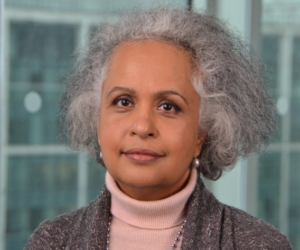HSBC’s Global Trade Solutions unit reported a revenue increase to $1.37 billion in the first half of 2025, up from $1.3 billion in the same period last year, despite uncertainties from U.S. tariffs.
Chief Executive Georges Elhedery emphasized the resilience of HSBC’s trade business, highlighting its potential to gain market share and deepen customer relationships amid global trade tensions.
The trade division’s fee income rose 4% year-on-year to $370 million in Q2 2025, driven by guarantees supporting infrastructure and production expansion, though it dipped 3% from Q1’s $681 million, reflecting a balanced mix of interest and non-interest revenue.

Chief Financial Officer Pam Kaur noted no early signs of credit stress, such as reduced deposits or increased drawdowns, despite heightened geopolitical risks and tariffs.
ALSO READ: HSBC BOOSTS TRADE FINANCE REVENUE, TARGETS MARKET SHARE GROWTH
HSBC, which positions itself as the world’s largest trade bank with 5,000 trade specialists globally, is capitalizing on fast-growing trade corridors like intra-Asia and Asia-Middle East flows.
Elhedery highlighted the bank’s optimism about swift U.S. trade negotiations and a recent deal with India, alongside growth in services trade, which is outp baséing traditional goods trade.
Despite a $700 million provision for expected credit losses due to geopolitical tensions and a deteriorating economic outlook, HSBC’s trade business remains robust.
The bank’s pre-tax profit fell to $15.8 billion, down $5.7 billion year-on-year, largely due to a write-down in its Bank of Communications stake and costs from divestitures in Canada and Argentina.
Standard Chartered, HSBC’s main trade rival in Asia, is set to report its second quarter results on July 31

